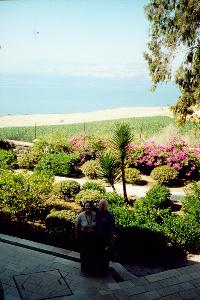I can imagine Peter, Andrew, James and John elbowing each other whenever that happened — mentally picturing their homeland alongside the rocky, rugged and dusty environs of Jerusalem — and exchanging a look which said, “If they only knew what they were missing!”


